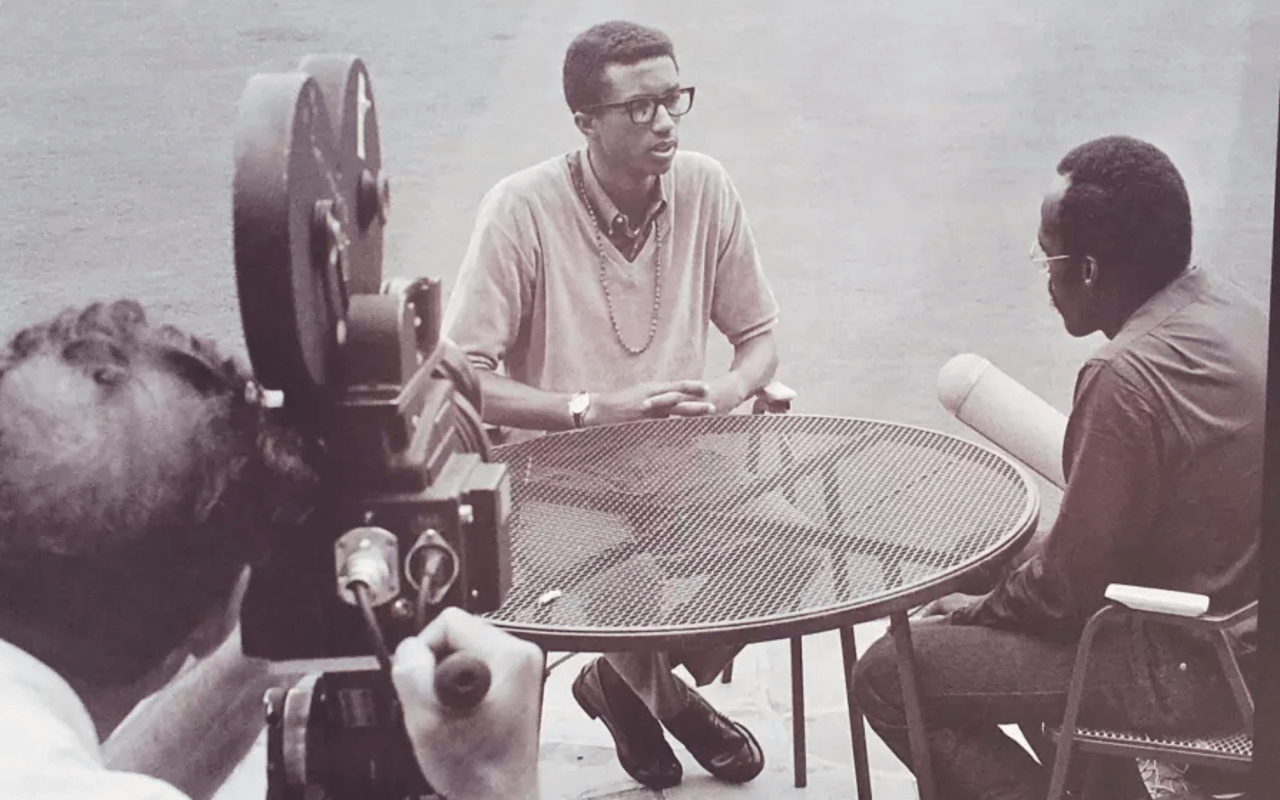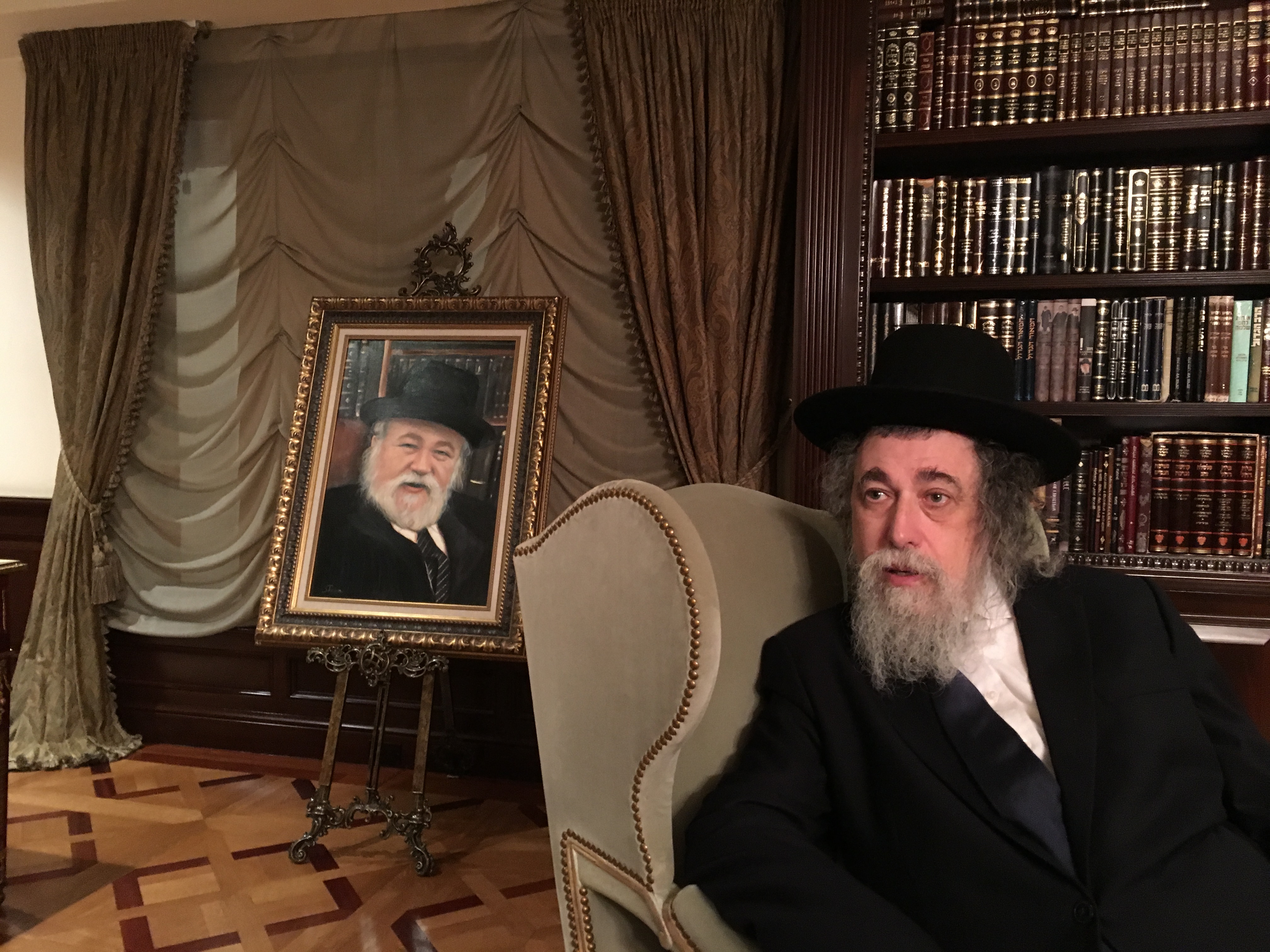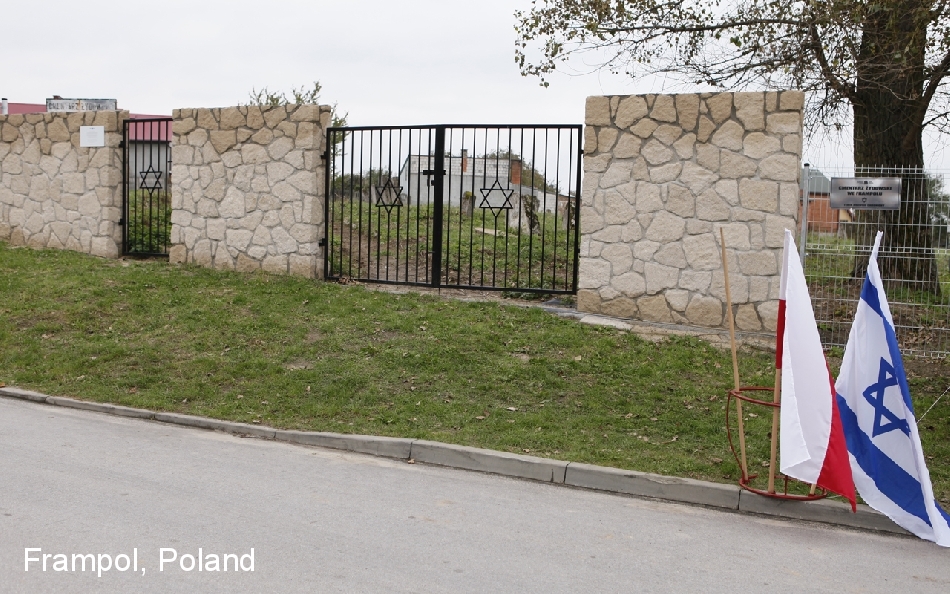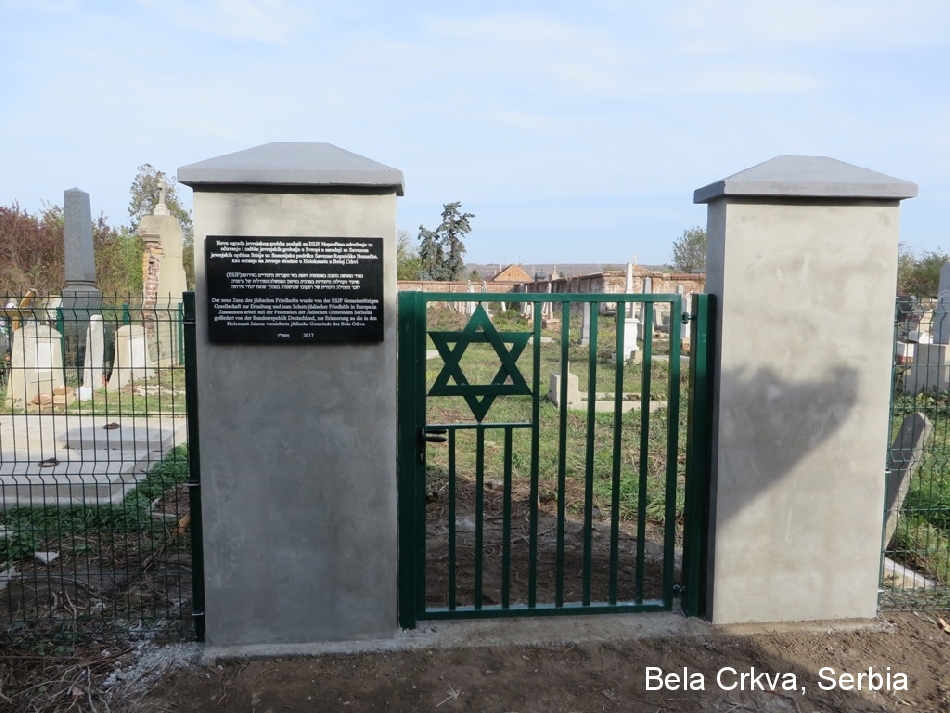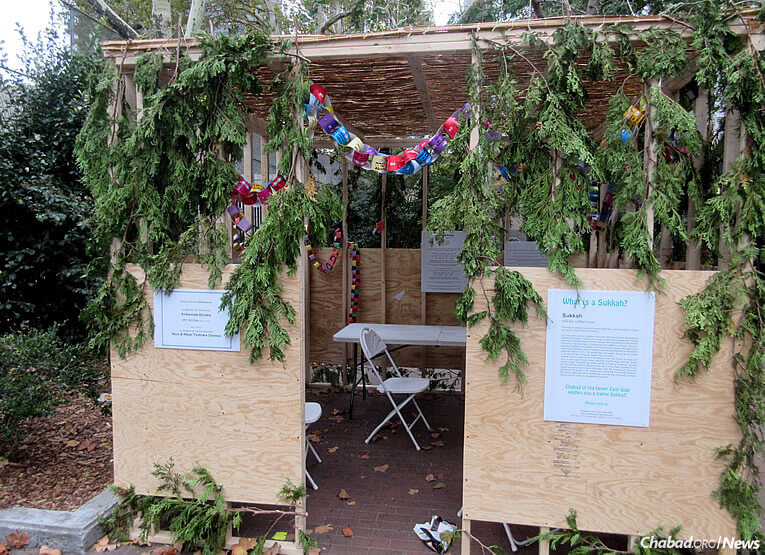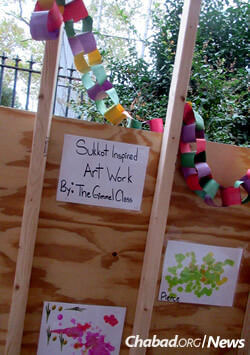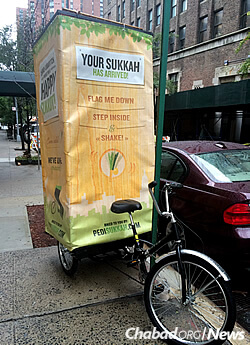Let’s face it: Sitting through services can feel long, arduous and not so interactive for worshippers. Congregants tend to talk with seatmates and neighbors to help pass the time.
But not at Rabbi Yehoshua Soudakoff’s High Holiday services. There, you could hear a pin drop. Worshippers had all eyes focused on the prayer leader for hours on end, enjoying it so much that they wound up spending the entire holiday sleeping in the shared apartment/synagogue space of the newly married Chabad rabbinical couple in Israel.Subscribe to The JNS Daily Syndicate by email and never miss our top stories
Rabbi Yehoshua, 27, and his wife, Cheftziba, both deaf from birth, recently hosted Rosh Hashanah and Yom Kippur services in their Rishon Letzion apartment for members of the deaf community. “Twenty came and slept in our home. We had services and meals together. It was really wonderful,” Soudakoff tells the JNS in a phone call from Israel with the assistance of an interpreter. When asked how it was advertised in Israel, Soudakoff quickly (and playfully), replies: “Word of hand!”
“The deaf community in Israel is very close and connected,” relates the executive director of the Jewish Deaf Foundation (JDF) and director of Chabad of the Deaf Community, based in Kfar Chabad, “and Israel is a small country. Word spreads like wildfire.”
The rabbi’s main goal is to create an accessible prayer experience where “people don’t feel deaf, where they feel like regular people.” He notes that in typical services, members of the deaf community are constantly wondering, “What is going on? What’s happening?”
Soudakoff’s services resemble a more conventional, cantor-led service in many ways. But perhaps out of necessity, it’s also more interactive.
“We have a hard-of-hearing person who davens [leads prayers] at the amud [prayer platform], and he signs parts of the tefillah [prayers] so that the rest of the group can follow along,” describes Soudakoff. “Another person stands directly across and tells the congregation when to answer, and indicating the page number on the machzor [prayer book], as well as signing part of the davening [when the chazzan isn’t signing]. So it was more of an interactive experience, with the chazzan, the gabbai and the congregation all davening together, and knowing where everyone else is holding. Which is the whole point of the experience—so that a deaf person doesn’t feel like he or she is catching up or totally lost in prayer.”
He further describes some of the inner workings of the service. “There is singing in the sense that there is a sound, but also signing out the words of the tefillah. For example, we would all read ‘Avinu Malkeinu’ together, or ‘Unetaneh Tokef.’ ”
During Sukkot, he will be driving a mobile sukkah from Metula, in the northernmost town in Israel, all the way down to Eilat at Israel’s southern tip, meeting with deaf people along the way to shake the lulav and the etrog.
Singing through signing, following the cantor
Moishy Wertheimer, a board member of the Jewish Deaf Foundation who met Soudakoff many years ago when they were roommates in yeshivah, served as cantor for the High Holidays. “The crowd sings through signing, following the chazzan, with assistance of Rabbi Soudakoff,” he clarifies. “There is also shofar-blowing.”
Those who have cochlear implants can hear it; others can feel the vibrations, and some put their hand right on the shofar.
Wertheimer shares some of the challenges of leading services for a community that doesn’t sing. “To be a chazzan leading a deaf crowd is a challenge because they cannot hear me, but Rabbi Soudakoff interprets the prayers into Israeli sign language,” he says, acknowledging that it was definitely different than usual. “Rabbi Soudakoff is a real shliach tzibbur[‘public messenger,’ Wertheimer’s translation]. I learned no matter if they don’t need my voice to lead the prayer, they still they need to ‘feel’ the voice of a chazzan.”
Wertheimer says he’s proud of what the Soudakoffs have accomplished so far. “For many deaf people, our shul is very accessible for them; they can participate without any [communication] barrier.”
Soudakoff would next like to build a synagogue and community center. “We have a lot of dreams. With a physical space, we can do more activities and hold more services.” He already has an impressive record of determination and success in the world of Jewish learning, education, outreach and camping.
Working towards greater inclusion and awareness
Soudakoff was born deaf to two deaf parents. His two brothers and his sister are also deaf. He had a very rich Jewish experience growing up in Los Angeles. “My mother started an organization in Los Angeles for the Jewish deaf. It was in our living room. I always saw events there. I grew up with that exposure.”
Soudakoff then attended Yeshiva Nefesh Dovid, a Jewish deaf high school in Toronto. “There are not many deaf people who have the same opportunities that I had growing up,” he acknowledges.
After three years of studying Jewish texts, he graduated and returned to Los Angeles—thirsty to continue pursuing Jewish learning and his involvement in the Jewish community. Soudakoff quickly learned that the Jewish world offers very few resources for the Jewish deaf, including access to the Jewish community and functions. “I wanted to change that” he says.
So he began blogging and making online videos about Jewish holidays and ideas. “My sister would make videos of herself making latkes or matzah-ball soup, and I would sign and later add captions.” (See “Jewish Deaf Multi Media” on YouTube).
Soudakoff then started summer camps for Jewish children who are deaf. The camp met in the Poconos of Pennsylvania for one summer, then in California the next summer. This past summer, the two-week camp took place in Italy; it was a travel camp with one week in Tuscany, and the second week visiting the north and Rome.
Jeremy J. Fingerman, CEO of the Foundation for Jewish Camp, says “we admire Rabbi Soudakoff’s dedicated efforts. His inspired work reminds us of the importance of making Jewish camp—and indeed, our entire Jewish community—accessible for everyone.”
Jay Ruderman, president of the Ruderman Family Foundation that works to promote and support inclusion worldwide, is similarly impressed with Soudakoff and his work. “How great that we are living in a time when people are proud of who they are and teaching us that people of all abilities have the right to be equal members of our society,” he states.
Wertheimer, the prayer leader, is pleased with what the Soudakoffs and the deaf community have accomplished so far.
“We are working together to bring accessibility for the deaf community into the Jewish world,” he says, pointing out that a great deal of work still lies ahead. “They have a big responsibility for making sure that any deaf Jew has access to Jewish life. I think there has been a lack of Judaism in the Jewish deaf communities because there no awareness and sensitivity for deaf people in Judaism world.”

